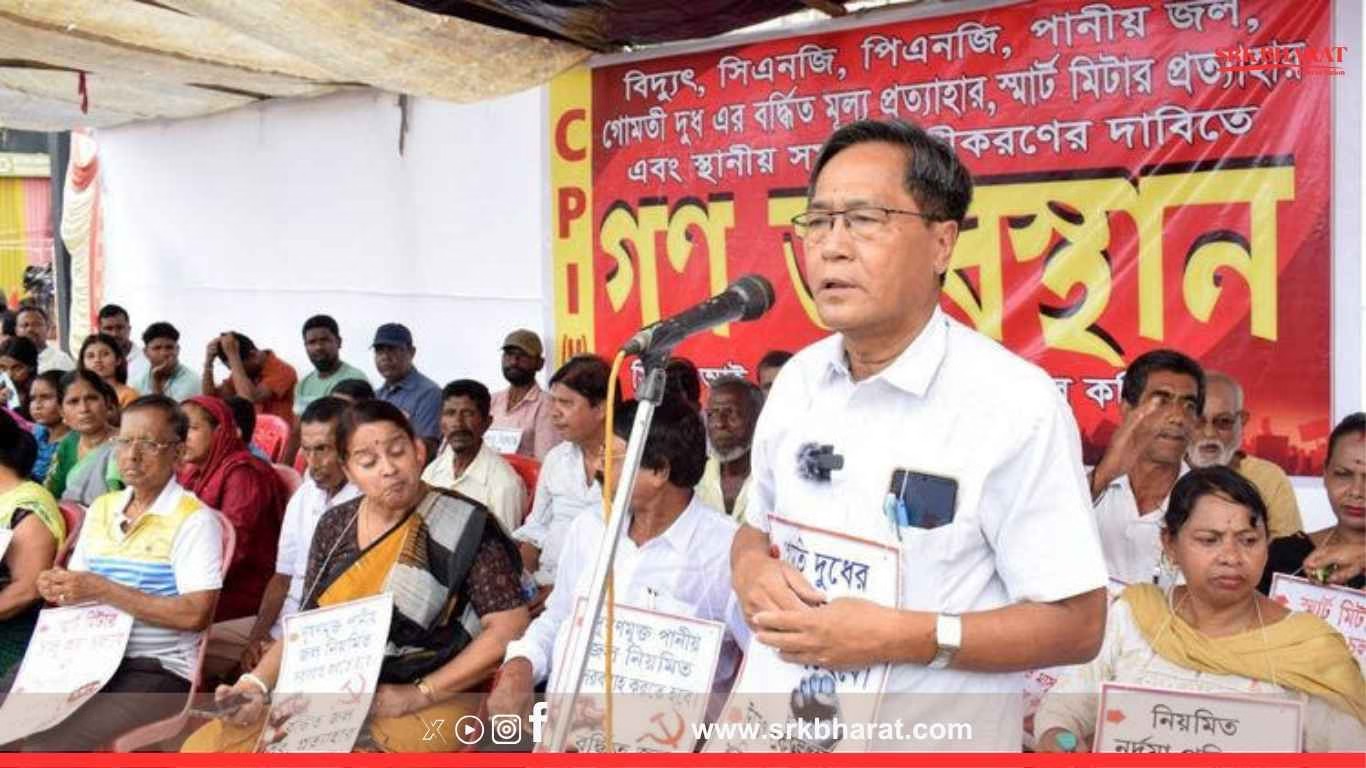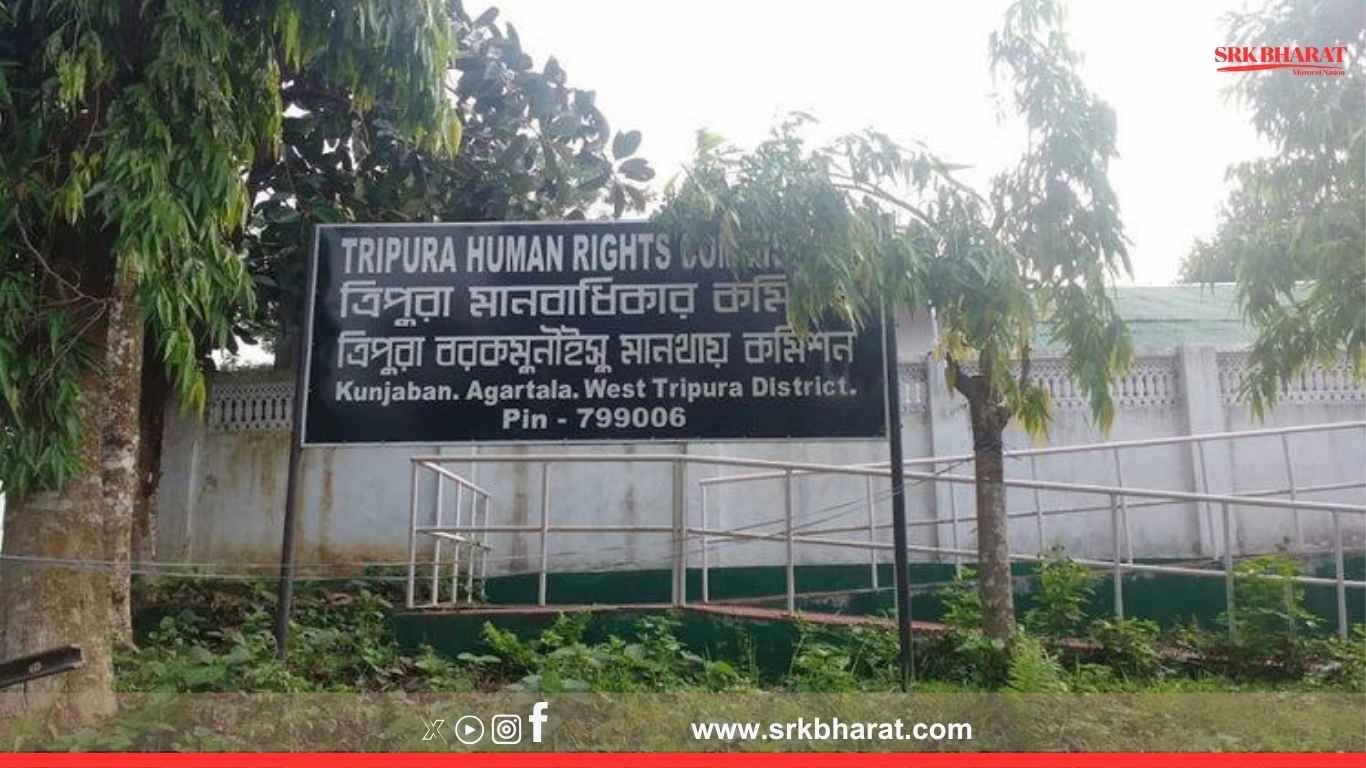In a strategic move to boost sustainable tourism and improve local livelihoods, the government of Tripura has announced plans to develop six eco parks across various districts. The initiative, which aligns with the state’s green development vision, aims to create ecological awareness, generate employment for local communities, and position Tripura as a prime ecotourism destination in Northeast India.
The decision to develop these eco parks comes at a time when eco-conscious travel is on the rise globally. With its lush landscapes, rich biodiversity, and tribal cultural heritage, Tripura seeks to capitalize on its natural and human assets by blending tourism with conservation efforts.
Vision for Sustainable Tourism in Tripura
The Tripura government is adopting a multi-pronged strategy that involves sustainable infrastructure development, eco-tourism promotion, and integration of rural and tribal populations in tourism-based livelihood activities. Each eco park will be designed with a focus on minimal ecological disruption while offering immersive experiences such as nature trails, bamboo huts, herbal gardens, birdwatching decks, and tribal culture exhibits.
Chief Minister Dr. Manik Saha emphasized the significance of this project, stating that “Eco-tourism is the future of responsible travel. By developing eco parks, we are not just creating new tourist spots, but sustainable income streams for rural households.”
Locations and Features of the Proposed Eco Parks
| Eco Park Location | District | Unique Feature | Estimated Completion |
|---|---|---|---|
| Sepahijala Wildlife | Sepahijala | Wetland trails, canopy walks, boating | March 2026 |
| Baramura Hills | Khowai | Dense forest trekking, tribal artisan zone | December 2025 |
| Unakoti Hills | Unakoti | Heritage walk, sculpture light mapping | August 2026 |
| Chabimura Forest | Gomati | Cliffside kayaking, rock art tours | January 2026 |
| Jampui Hills | North Tripura | Orchards, sunrise viewpoints, homestays | October 2025 |
| Trishna Wildlife | South Tripura | Bird sanctuary, bamboo village model | April 2026 |
These locations have been strategically chosen to cover all key districts and represent Tripura’s diverse ecological and cultural landscapes.
Job Creation and Local Livelihoods
The eco park projects are expected to create more than 3,000 direct and indirect jobs through roles such as eco guides, maintenance staff, cottage industry vendors, and cultural performers. Additionally, local farmers and artisans will be integrated through supply chains involving handicrafts, organic food stalls, herbal products, and homestay accommodations.
| Sector | Expected Employment Generated |
|---|---|
| Tourism services | 1,200 |
| Local handicrafts | 800 |
| Food and hospitality | 600 |
| Nature conservation jobs | 400 |
The Tripura Tribal Areas Autonomous District Council (TTAADC) will play a significant role in managing these parks, ensuring that tribal communities are both beneficiaries and stakeholders.
Focus on Tribal and Cultural Integration
Each park will have dedicated zones to highlight the state’s rich tribal culture, including bamboo architecture, indigenous dance performances, culinary festivals, and handloom exhibitions. The idea is to blend nature with culture, offering tourists a holistic experiential journey.
The government will partner with local SHGs (Self-Help Groups), NGOs, and rural tourism cooperatives to enable ground-level participation.
Investment and Funding Details
The six-eco-park development is part of a larger Green Tourism Mission launched by the state, backed by funding from:
- State tourism budget
- North East Council (NEC)
- Central Government’s Swadesh Darshan 2.0 Scheme
- International eco-tourism development grants
| Funding Source | Contribution (in ₹ crore) |
|---|---|
| State Government | 58 |
| Central Government | 96 |
| North East Council | 34 |
| Private Eco Investments | 20 |
| Total | 208 |
The government is also inviting private eco-tourism operators and startups to collaborate through a Public-Private Partnership (PPP) model, particularly for managing digital bookings, eco-friendly transportation, and homestay operations.
Eco-Friendly Infrastructure Initiatives
The infrastructure development will follow green building norms and carbon-neutral practices, such as:
- Solar lighting systems
- Rainwater harvesting units
- Bamboo and mud-based construction
- Electric vehicle (EV) shuttles within the parks
- Waste management using biodegradable composting
A key highlight is that no large trees will be felled during construction. Instead, the parks will be built around existing ecological zones to preserve biodiversity.
Expected Rise in Tourist Footfall
Tripura has seen a steady rise in domestic tourism but remains underexplored by international visitors. The development of eco parks is expected to increase tourist footfall by 35% over the next three years, positioning Tripura as a model for green tourism in India’s Northeast.
| Year | Domestic Tourists | International Tourists | Projected Growth (%) |
|---|---|---|---|
| 2023 | 6.2 lakh | 11,000 | — |
| 2024 | 7.5 lakh | 15,000 | +20% |
| 2025 (est.) | 10 lakh | 20,000 | +35% |
A dedicated digital tourism platform is also being developed to allow tourists to plan eco-park visits, book guided tours, and engage in community-based experiences online.
Challenges and Environmental Concerns
While the eco parks project has been widely welcomed, some environmentalists have urged caution to ensure that tourism does not disrupt fragile ecosystems. Key concerns include:
- Overcrowding in sensitive zones like Trishna and Chabimura
- Pressure on local water resources during peak season
- Maintenance of waste segregation systems
To address these issues, the government has constituted an Environmental Monitoring Committee that will regularly assess ecological impact through satellite mapping, drone surveys, and local feedback systems.
Alignment with National and Global Goals
Tripura’s eco park initiative aligns with multiple broader frameworks:
- UN Sustainable Development Goals (SDG 11, 12, 13, and 15)
- India’s National Tourism Policy 2023
- Swadesh Darshan 2.0 guidelines
- Forest and Wildlife Protection Act compliance
It also enhances India’s green tourism credentials on the global stage, as countries increasingly look at nature-based travel as a post-pandemic trend.
Voices from the Ground
Local stakeholders have expressed optimism about the potential transformation of their regions.
Rina Debbarma, a SHG leader from Khowai, said, “We are excited. For the first time, women in our village will have direct roles in managing eco huts, food stalls, and guiding tourists. It brings dignity and income together.”
Meanwhile, environmental scholar Dr. Bishal Chakma has urged authorities to “focus on education, not just tourism. Eco parks must also function as biodiversity classrooms for future generations.”
Conclusion
Tripura’s ambitious plan to develop six eco parks is more than a tourism initiative—it’s a green growth strategy with a strong emphasis on community inclusion, sustainability, and cultural preservation. With effective planning, monitoring, and community participation, the state can emerge as a leading example of eco-conscious tourism development in India.
Disclaimer:
This article is intended for informational and journalistic purposes only. All figures and plans mentioned are based on official announcements and stakeholder interactions. The author does not assume responsibility for implementation timelines or policy changes.











